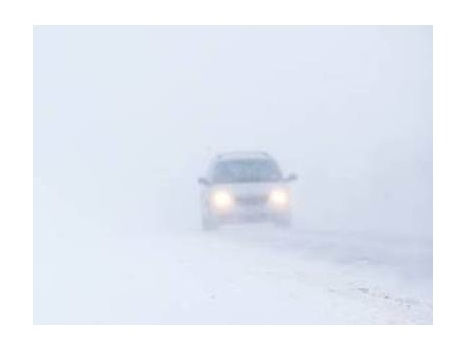In Updated Outlook, AdImpact Predicts Record-Setting Political Ad Cycle.
- Inside Audio Marketing

- Sep 15, 2023
- 3 min read

The most expensive ever. That is the bottom line on AdImpact’s updated political ad spending forecast. It projects $10.2 billion will be spent during the 2023-2024 election cycle across all media, including radio. The forecast, if accurate, would mean political ad spending will grow 13% from the record $9.02 billion that was spent during the last presidential election cycle four years ago.
The White House race will get the most attention in the coming months, as well as the biggest share of ad dollars. AdImpact estimates $2.7 billion will be spent on the Presidential race this cycle, with a concentration on seven key general battleground states that will drive spending in the category.
It pegs radio’s take of those Presidential dollars at $84 million. But it is the race for control of Congress where radio will see more ad dollars. AdImpact forecasts radio will get $116 million from House and Senate contests. Driven by razor-thin margins in both chambers, forecasters think both political parties will be willing to spend significant sums of money. Overall, Senate ad spending is projected to be $2.1 billion with $1.7 billion forecast to be spent on House races.
The one area where AdImpact says spending will be lower is in gubernatorial races, which it says will total $400 million. That is lower than it was two years ago since there are fewer governors’ mansions up for grabs – 14 versus 36 in 2022.

The eye-popping projections comes as AdImpact has been reporting throughout the summer that it has seen political spending pacing well ahead of where things were in 2019. Through Sept. 1, AdImpact says $665 million has been spent compared to $383 million four years ago. In total, it says there has been $178 million in total spending and future reservations in the 2024 Presidential race. Analysts caution, however, that they do not place too much emphasis on current spending levels to predict overall cycle totals, since a few buys at this point can skew the numbers. Instead, they say they are focused on the bigger fundamentals of the cycle that will ultimately drive overall totals.
“We expect to see record spending this cycle due to a highly contested Presidential election, razor-thin margins in Congress, and tremendous growth in the down ballot category,” AdImpact says in its new forecast. The down ballot spending includes all the ad dollars that are not related to the President, Congress, and gubernatorial contests.
AdImpact says through the end of August, the down ballot races have already recorded $440 million in ad spending, compared to the $238 million that was spent at this point in the 2019-2020 cycle. “Down ballot advertisers are more likely to spend on cable, radio, and digital platforms, while larger statewide advertisers frequently dedicate more spending to platforms such as broadcast TV,” its just-released outlook says.
Abortion-related ballot measures are expected to play a major role in down ballot spending this cycle, with several states proposing ballot measures. “If all the proposals make it to the ballot, down ballot spending could see a spike around this issue,” the media tracking firm says.
Radio’s share of political dollars is forecast to hold steady compared to four years ago as AdImpact analysts say the industry will capture $400 million in political spending, or about 3.5% of all the money spent.

Presidential general election spending is projected to grow 17%, to $2.1 billion, with seven swing states – Pennsylvania, Arizona, Georgia, Michigan, North Carolina, Nevada, and Wisconsin – all likely big winners.
“Florida, which saw the most money of any Presidential state as recently as 2020, is projected to fall to eighth place this cycle,” the report says. In 2024, Florida is projected by AdImpact to get $81 million in presidential general spending, significantly dropping from its $350 million total in 2020. It says that is mainly because of Florida’s move out of the swing state column, into a fairly reliable Republican state in federal elections.
Ahead of the general, AdImpact expects $630 million to be spent during the Presidential primary, which is about half what was spent four years ago. But how much is spent really depends on voters.
“If one candidate were to secure dominant wins in Iowa and New Hampshire, we would expect a lower total, while spending could increase if polls were to suddenly tighten,” AdImpact says. One thing it is certain of is that it expects the first two states to vote to receive the largest share of this primary’s political dollars.




Comments